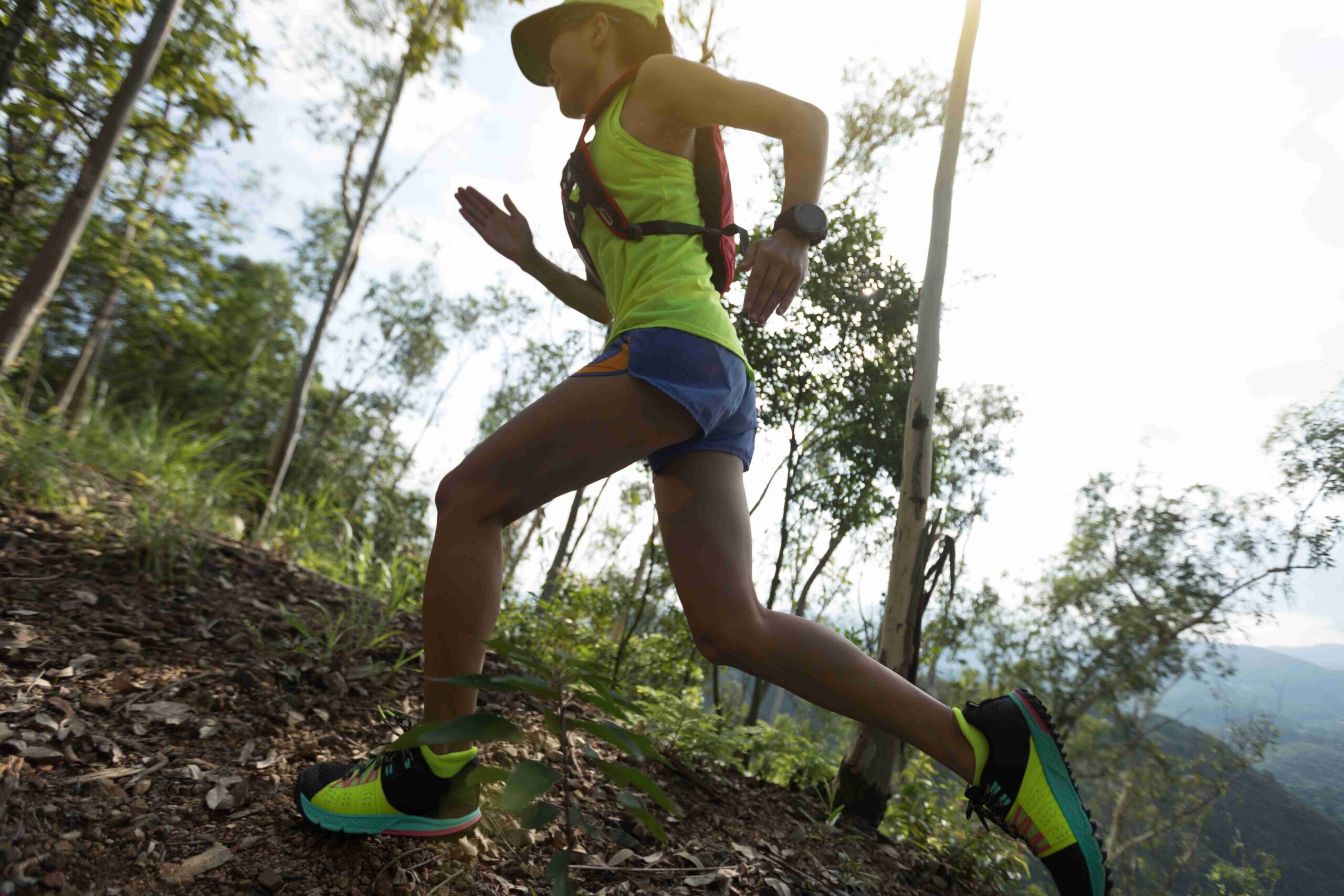Preparing for the Beaverhead Endurance Runs. My Ultra Trail Running Lessons
Running an ultra-trail marathon like the Beaverhead Endurance Runs 100k is no small feat. If you’re used to road marathons or even shorter trail races, stepping into the world of ultras requires a shift in mindset, gear, and preparation. When I took on Beaverhead for the first time, I learned some valuable lessons (some the hard way) that I’d like to share with anyone considering this incredible challenge.

Hydration and Nutrition
One of the biggest mistakes I made in my early ultra races was underestimating my hydration needs. The Beaverhead course takes you through high elevations, exposed ridgelines, and some seriously warm temperatures. Aid stations are spread out (sometimes 10 miles apart) so you can’t rely on frequent water refills like in road marathons.
Bringing at least two 20-ounce bottles or a hydration vest is essential. Dehydration at altitude can hit faster than you expect, and once you start feeling it, it’s already too late.
Additionally, packing your own nutrition can make or break your performance. Aid stations provide great support, but relying solely on them is risky.
The Right Gear for the Job
Your gear can make a huge difference in your comfort and endurance. A well-fitted race vest or waist pack will let you carry hydration, food, and essentials without weighing you down. A small, lightweight headlamp or flashlight is a must if you think you might be close to the cutoff times or if an unexpected delay keeps you running into the night.
As for shoes, both trail and road running shoes work on this course. The terrain varies, with smooth trails, technical rocky sections, and steep climbs. It’s best to test your shoes on similar trails before race day to ensure they provide enough protection and traction for your stride.

Expect the Unexpected
Weather on the Beaverhead course can be unpredictable. In a single day, you could experience anything from blistering sun to freezing winds. The temperature at higher elevations can drop significantly, especially early in the morning or after sunset. Packing a lightweight, packable jacket is always a good call. I also learned the hard way that sunscreen and sunglasses are non-negotiable in the open sections of the course.
Another unexpected challenge? Mental fatigue.
Ultra running is as much a psychological challenge as a physical one. There will be moments where quitting seems like the best option. Having a plan to break through those low points can make all the difference.
Final Thoughts
One of the best pieces of advice I ever received about ultras is this: whining is allowed, quitting is optional. No one said running 62 miles on rugged terrain would be easy, but the sense of accomplishment at the finish line is like nothing else.
Prepare well, respect the course, and embrace the experience.
